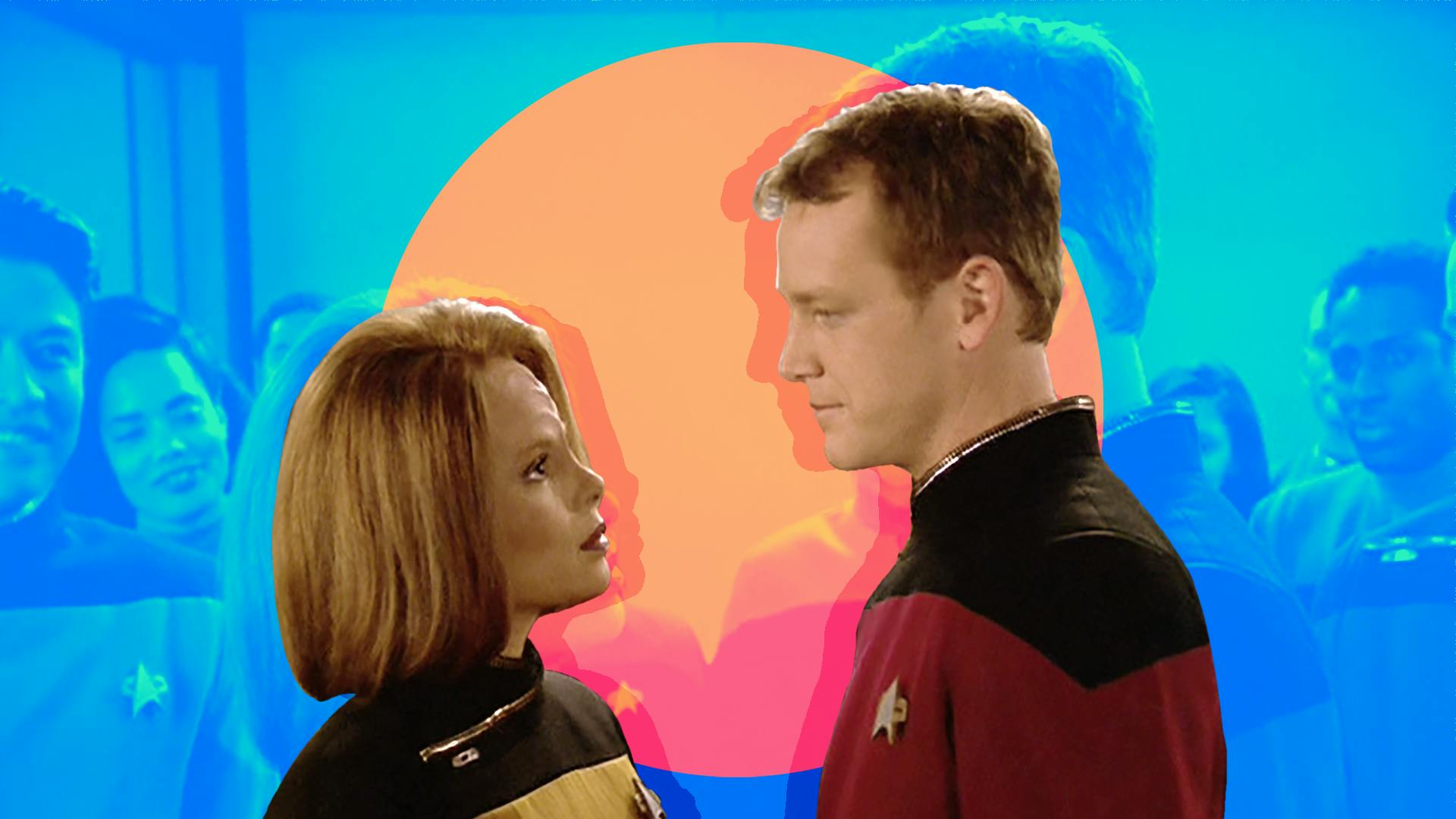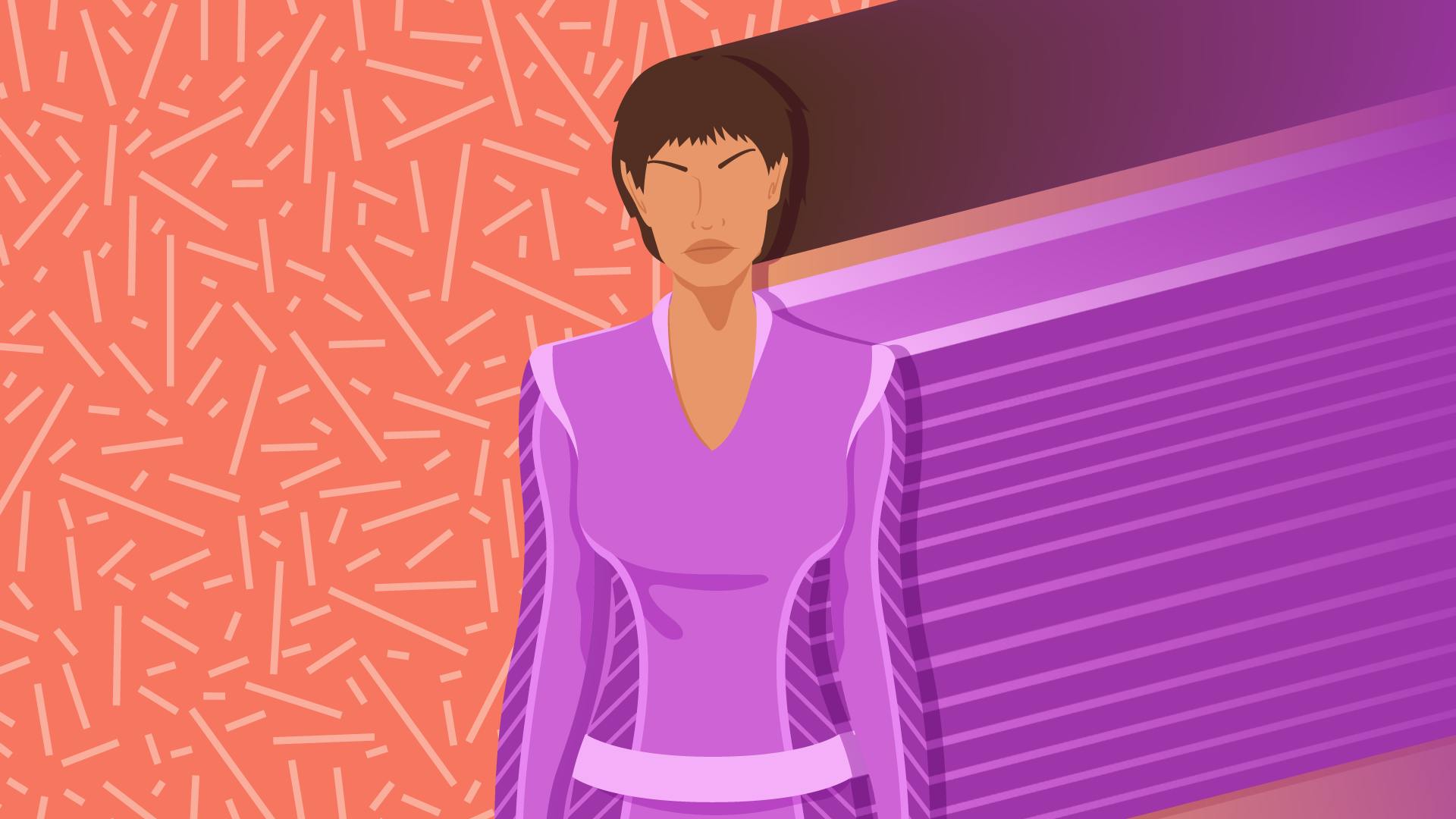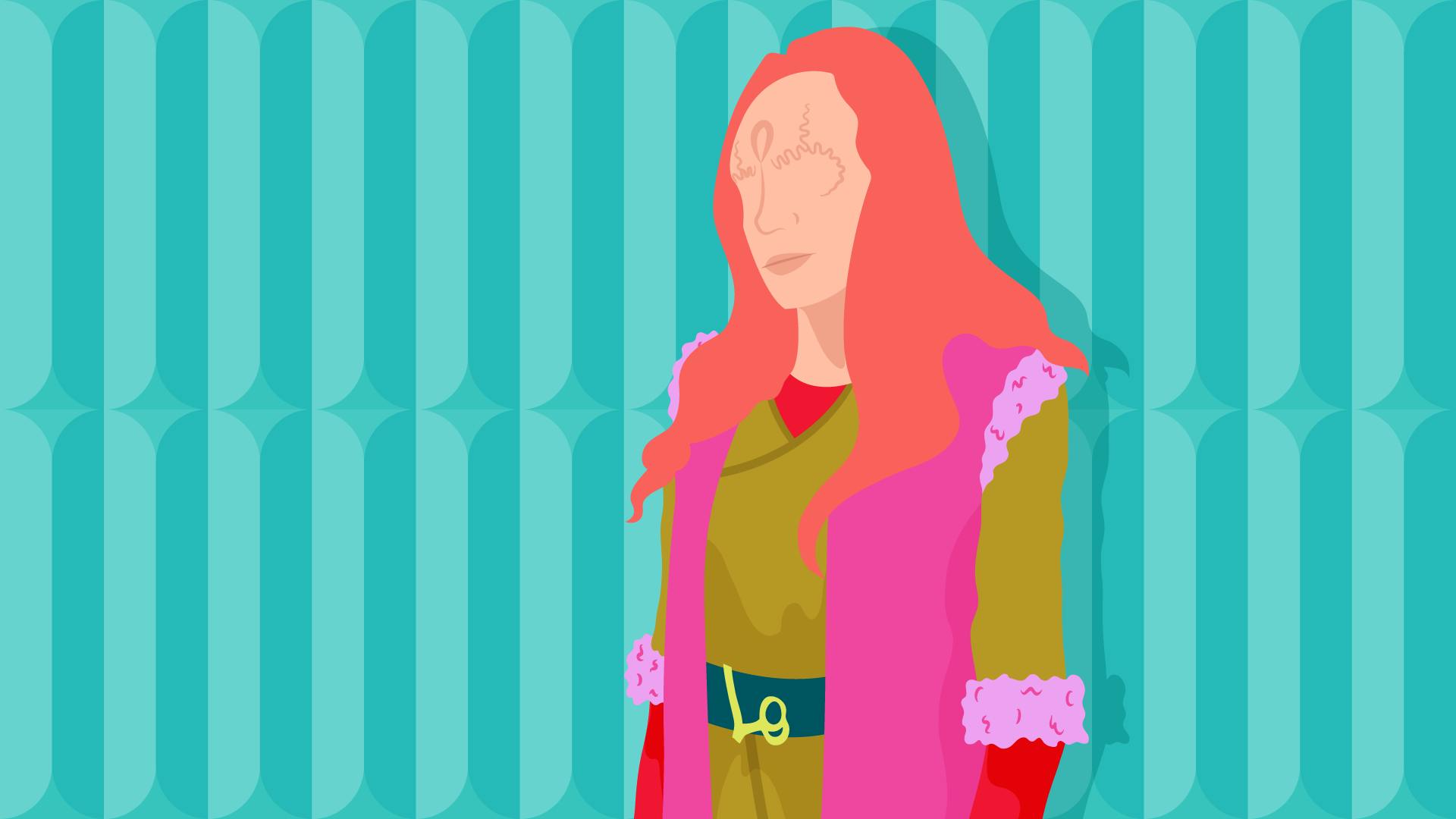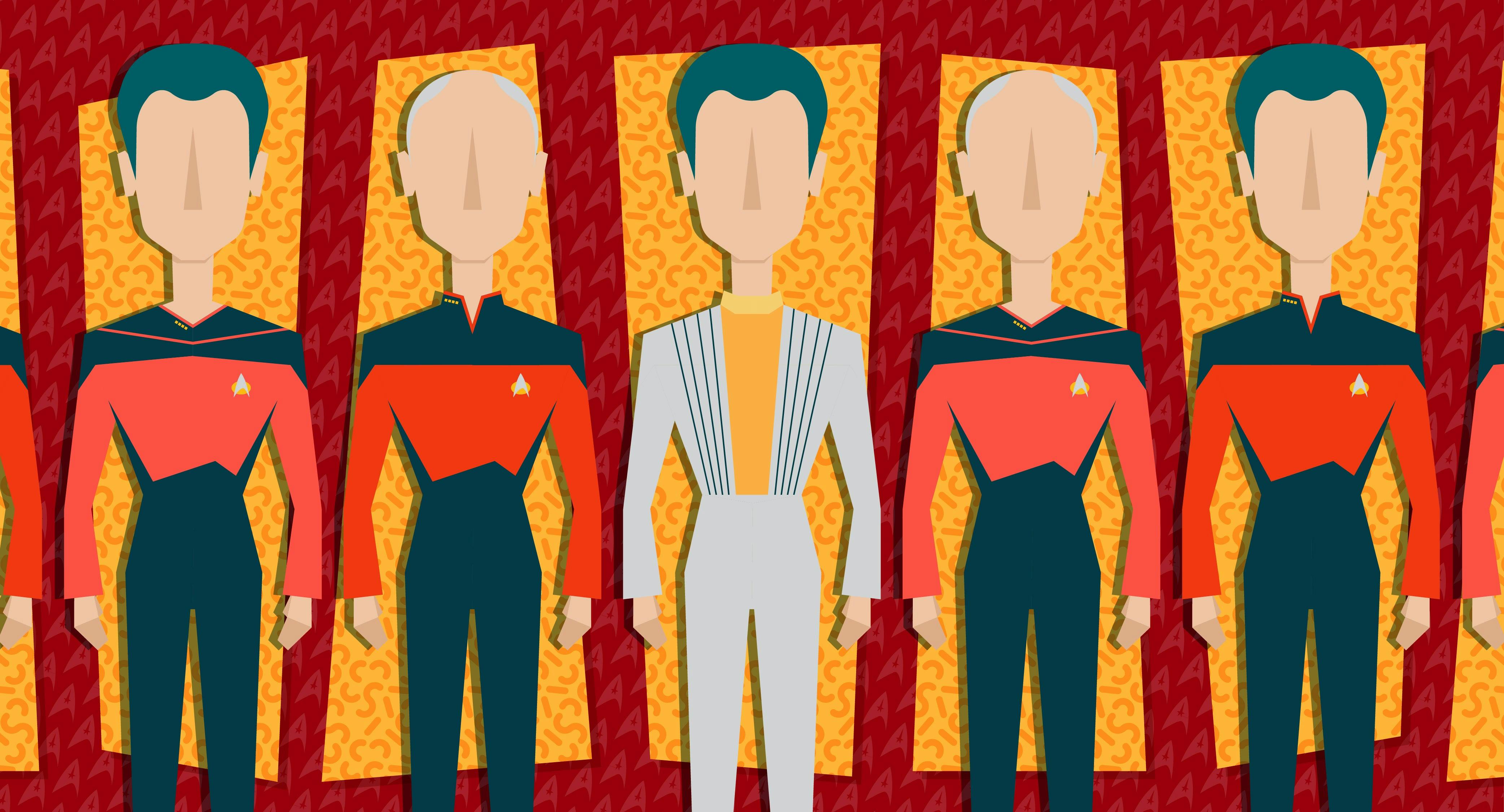Published Feb 9, 2024
5 Ways Star Trek: The Animated Series Totally Predicted Modern Star Trek
50 years later, The Animated Series continues to live on in all iterations of the Star Trek universe.
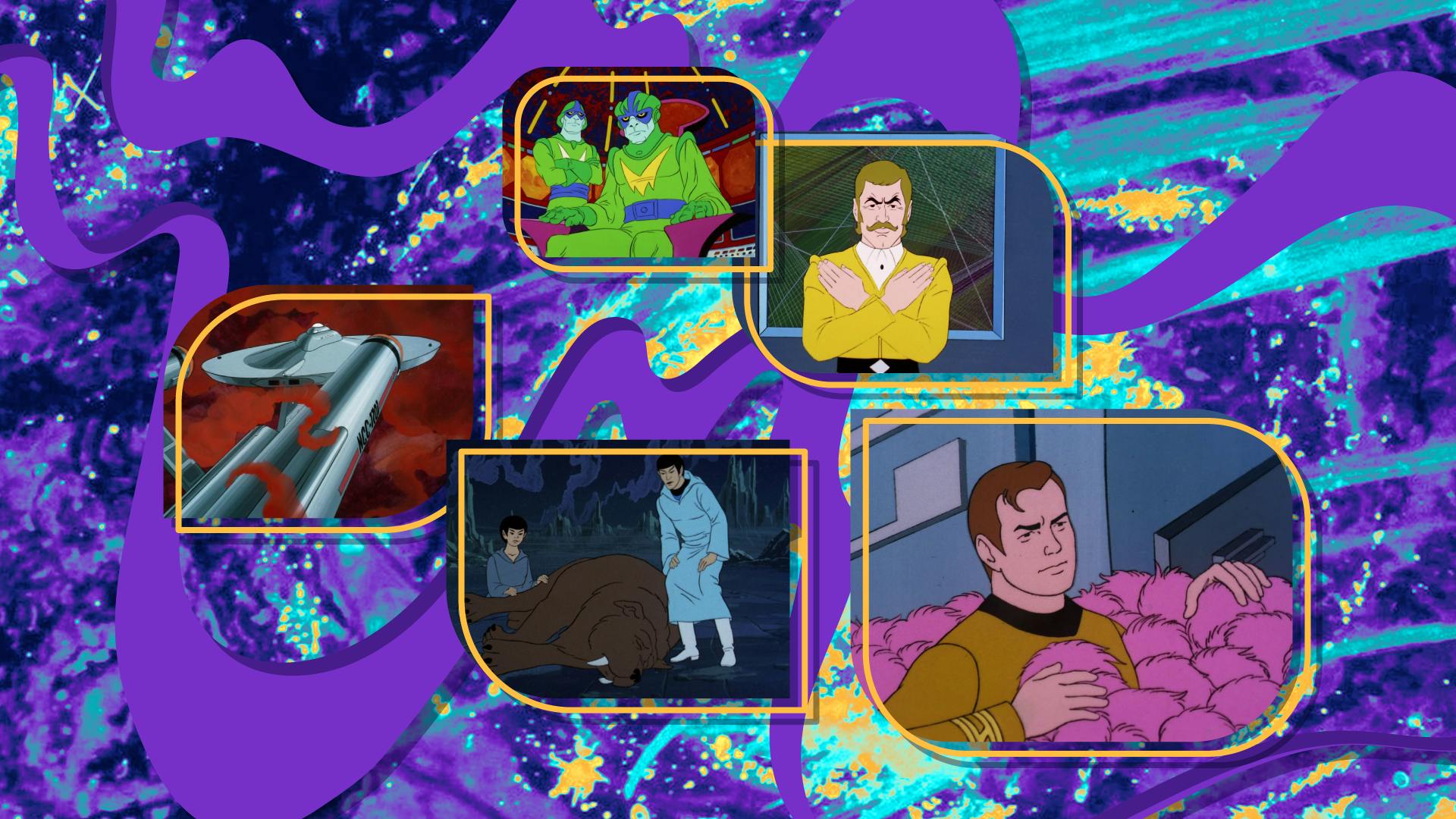
StarTrek.com
For whatever reason, some longtime Star Trek fans missed . Airing for just two short seasons in 1973 and 1974, the Filmation-produced series was the only version of Trek that fans got in between ending in 1969 and debuting in 1979. Featuring the return of (most) of the original cast, the series also sported an impressive array of writers, including the return of Trek legend D.C. Fontana, Walter Koenig, sci-fi impression Larry Niven, and beloved TOS scribes like David Gerrold and Margaret Armen. To put it another way, in both then and now, The Animated Series is very much "real Star Trek."
It was also a bonkers 1970s animated series that was designed to be enjoyed by kids and adults alike. And, while some fans may have slept on this version of Trek, the franchise itself never forgot about all the wonderful ways The Animated Series pushed the adventures in the Final Frontier forward.
In fact, several versions of 21st Century "modern" Star Trek are deeply influenced by The Animated Series. Here are five ways episodes and themes of TAS predicted the stories of the reboot movies, Discovery, Picard, Strange New Worlds, and Lower Decks. Mild spoilers ahead.
"One of Our Planets Is Missing" is The Motion Picture + Discovery Season 4
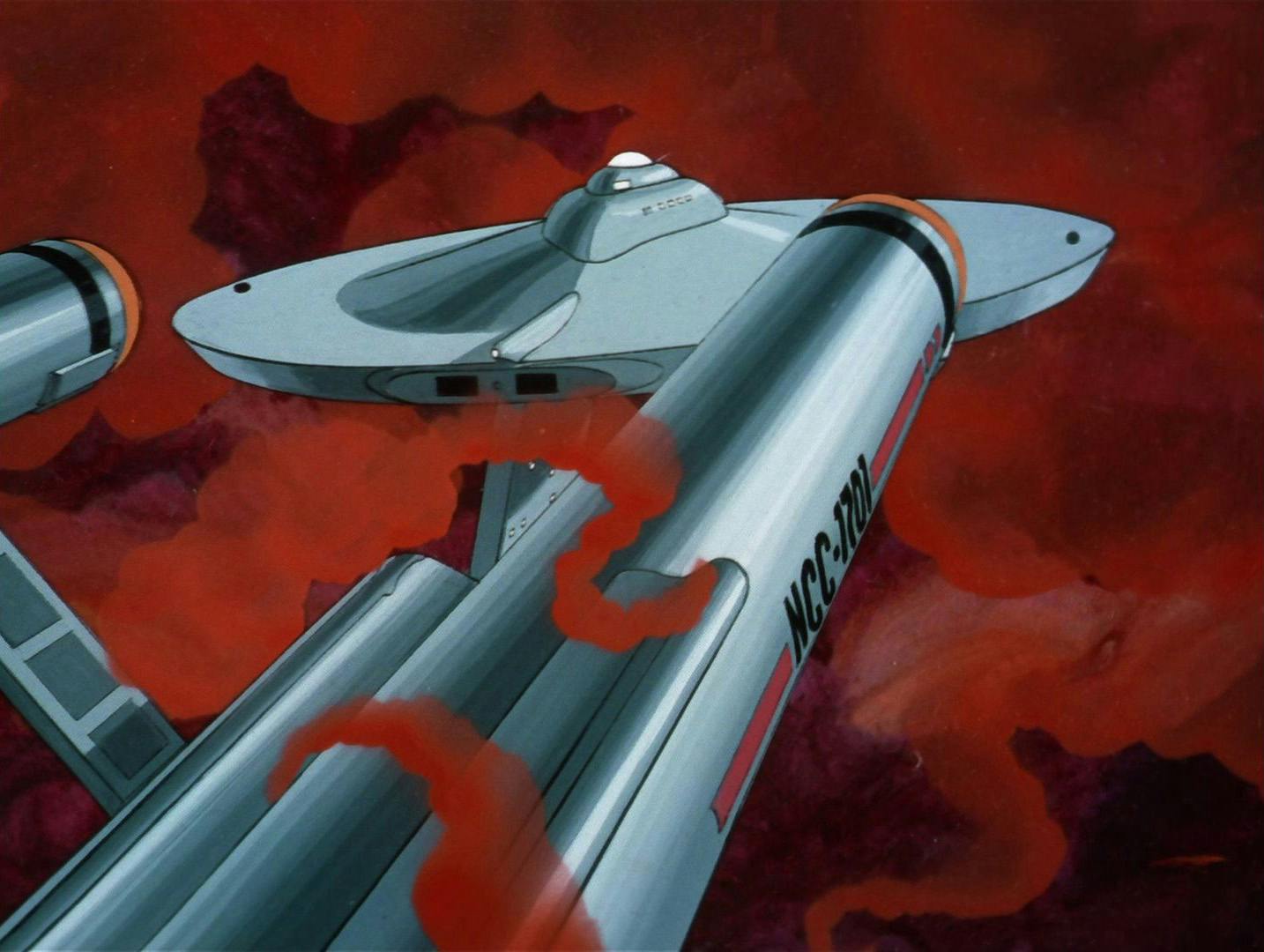
"One of Our Planets is Missing"
StarTrek.com
When a massive space cloud threatens to consume a heavily populated colony, only the Enterprise can infiltrate it and stop it before it's too late. But, turns out, this cloud is utterly sentient, but lacking the awareness that the planets it consumes are full of relatively tiny lifeforms. Sound familiar? From its broad strokes to some specific details, "One of Our Planets Is Missing" shares many parallels with the first Trek feature film, , as well as aspects of Season 4.
In "One of Our Planets Is Missing," Spock mind-melds with the immense cloud, something he also attempts with V’Ger. In the Discovery episode "," Vulcan President T'Rina attempts a mind-meld with the alien life form known as Species Ten-C, which, although not entirely successful, is very similar to Spock’s long-distance meld in "One Of Our Planets Is Missing."
And that’s not all! The cosmic cloud is also unaware it is accidentally consuming planets, which, again, is very similar to the DMA created by Ten-C in Discovery Season 4. In "One of Our Planets Is Missing," Spock convinces the cloud to leave our galaxy. In Discovery, Burnham and the crew have to do the same — Make it clear that accidentally consuming planets is not cool.
Genetically-Engineered Tribbles
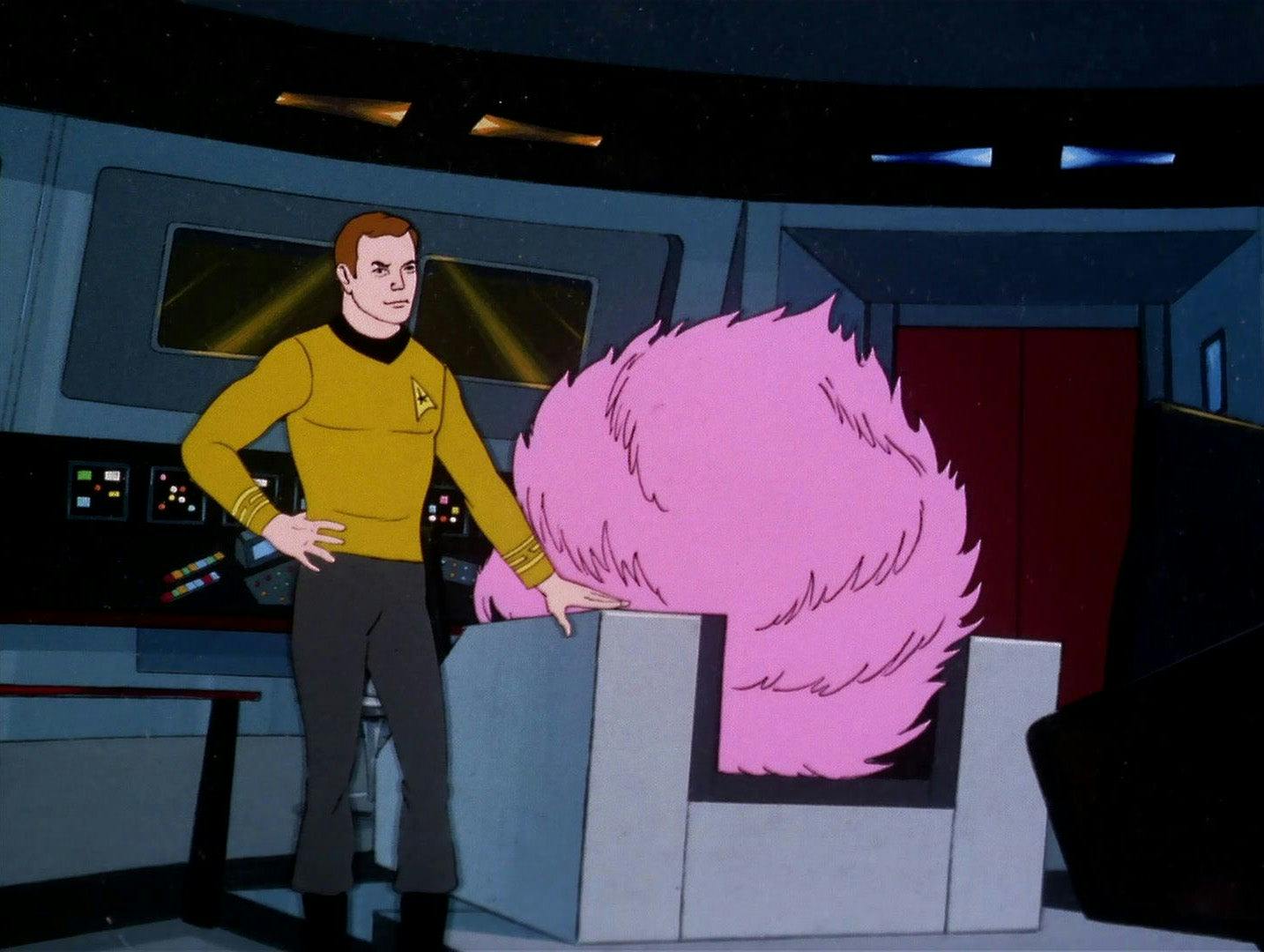
"More Tribbles, More Troubles"
StarTrek.com
In the 2019 Short Treks episode "The Trouble With Edward," we learn, retroactively, that the original Tribbles were, in fact, genetically-engineered to reproduce so prodigiously. In 2023's Season 3 — specifically the episode "" — we learned that Section 31 had gone even further, and created a horrifying genetically-modified "attack tribble." And, over in an alternate timeline, in 2013's , Bones even injected a tribble with Khan's genetically enhanced super-blood, mostly just to see what would happen, and thus, saved Captain Kirk's life.
But, way back in 1973, The Animated Series episode "More Tribbles, More Troubles" revealed that the first person to genetically modify Tribbles was… Cyrano Jones! When Tribble dealer Jones returns to the Enterprise in this episode, the all-pink versions of the fuzzy little menaces don’t appear to multiply quickly, instead, they become massive, resulting in a Tribble so large that Captain Kirk can’t even push it off of his chair. Later, Bones makes it clear that these Tribbles are still multiplying, but they’ve become colony creatures comprised of a bunch of regular-sized Tribbles. In terms of sophisticated and funny ideas regarding alternate Tribbles, arguably, The Animated Series did it first, and best.
Complicated Economics — with a Side of Changelings
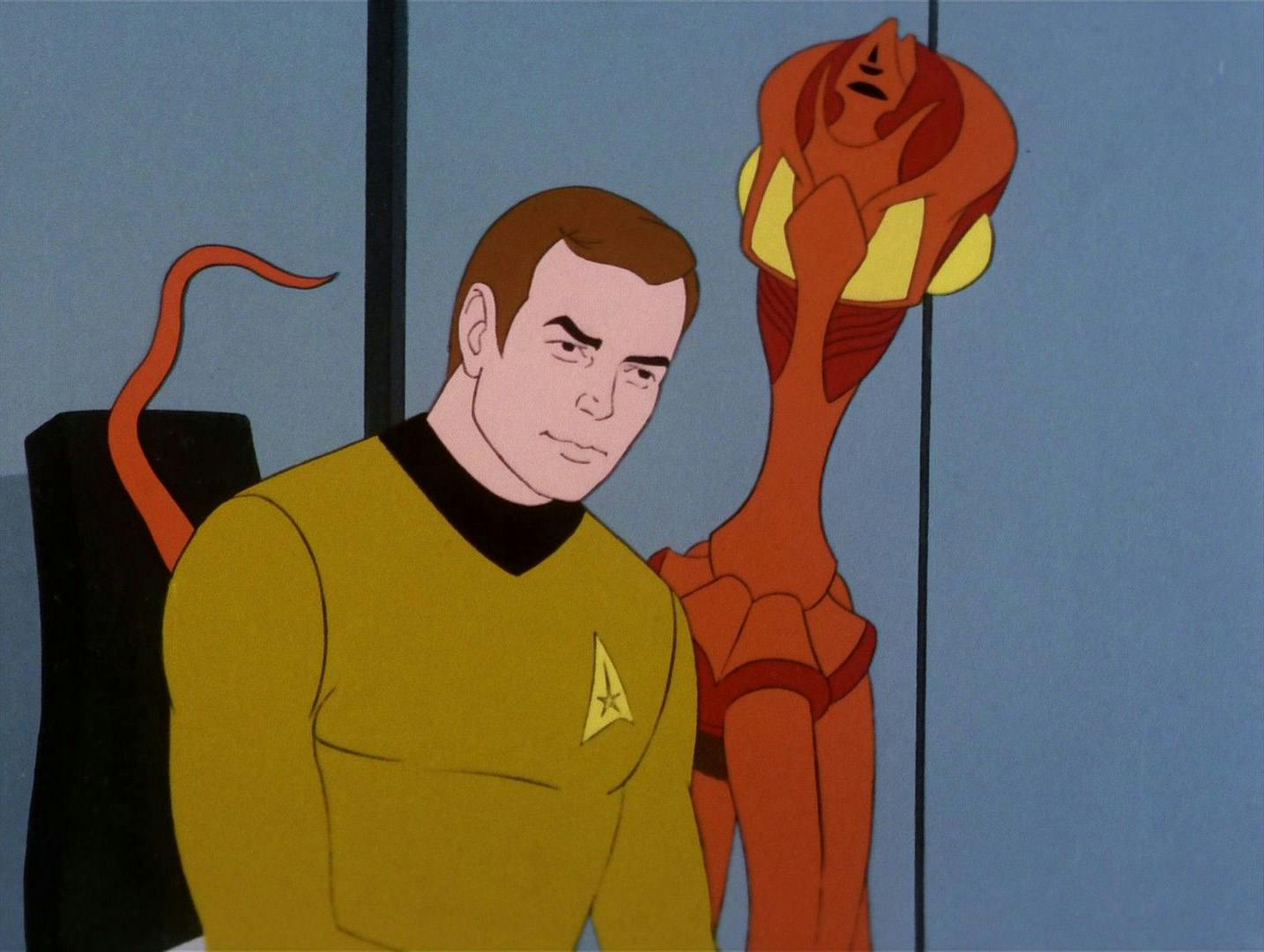
"The Survivor"
StarTrek.com
Throughout Star Trek: Picard, and , we’ve seen that the post-scarcity economy of the Federation doesn’t work, or benefit, the entire galaxy. In the SNW episode "," the planet Majalis goes to horrific lengths to maintain socioeconomic stability, while just outside of Federation control. And across all three seasons of Picard, we learn that the territory usually controlled by the Fenris Rangers finds certain individuals struggling to redistribute wealth, and humanitarian aid, in the face of an unjust and cruel non-Federation section of the galaxy.
So, even in the enlightened future of Trek, sometimes, resources and money need to be shifted to planets in need, even in a future where the heroes generally don’t use money. In The Animated Series episode "The Survivor," the reputation of the philanthropist Carter Winston is all about helping disenfranchised planets. Bones notes that it was Winston's donations that saved the planet Cerberus from crop failure, and thus, saved Bones' daughter. In this way, Carter Winston predicts the actions of Beverly and Jack Crusher in Picard Season 3.
For a bonus similarity, shapeshifters are pursuing Beverly and Jack, and in "The Survivor" Carter Winston turns out to be a shapeshifter!
Spock’s Childhood Jaunt in "Yesteryear"
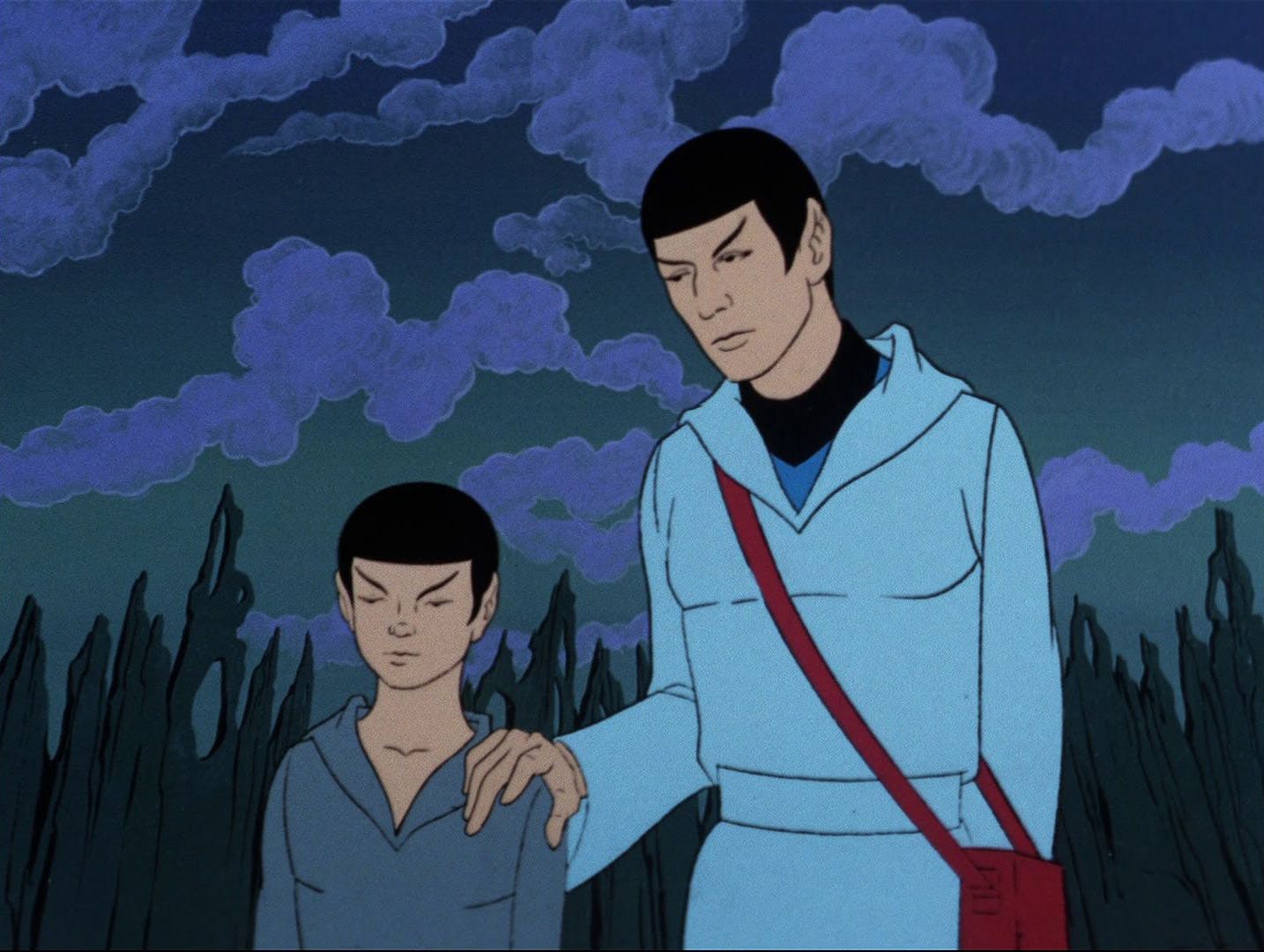
"Yesteryear"
StarTrek.com
In Star Trek: Discovery Season 2, we got quite a bit of information about Spock’s childhood that had never really been depicted in live-action before. That said, in the Kelvin Timeline, we also saw aspects of Spock's childhood. And in both cases, these storylines, and in the case of one specific scene, all have origins in the classic Animated Series episode, "Yesteryear."
Written by Dorothy "D.C." Fontana, "Yesteryear" finds Spock heading back in time via the Guardian of Forever to save himself from accidentally dying as a kid. The scene in which young Spock is bullied by other Vulcans was recreated nearly identically (minus those single-strap costumes) for the 2009 film in which that version of young Spock also got into a scrape.
Meanwhile, the designs of Amanda Grayson and Sarek's home, first glimpsed in TAS, was echoed throughout the flashbacks in Discovery Season 2, in which young Michael Burnham joins the household after being orphaned. Discovery Season 2 also revealed that Burnham’s mother Gabrielle had been visiting young Spock via time travel. This means that, as a little kid, young Spock just couldn’t seem to shake the visitations of accidental time travelers.
The Pirates of Orion
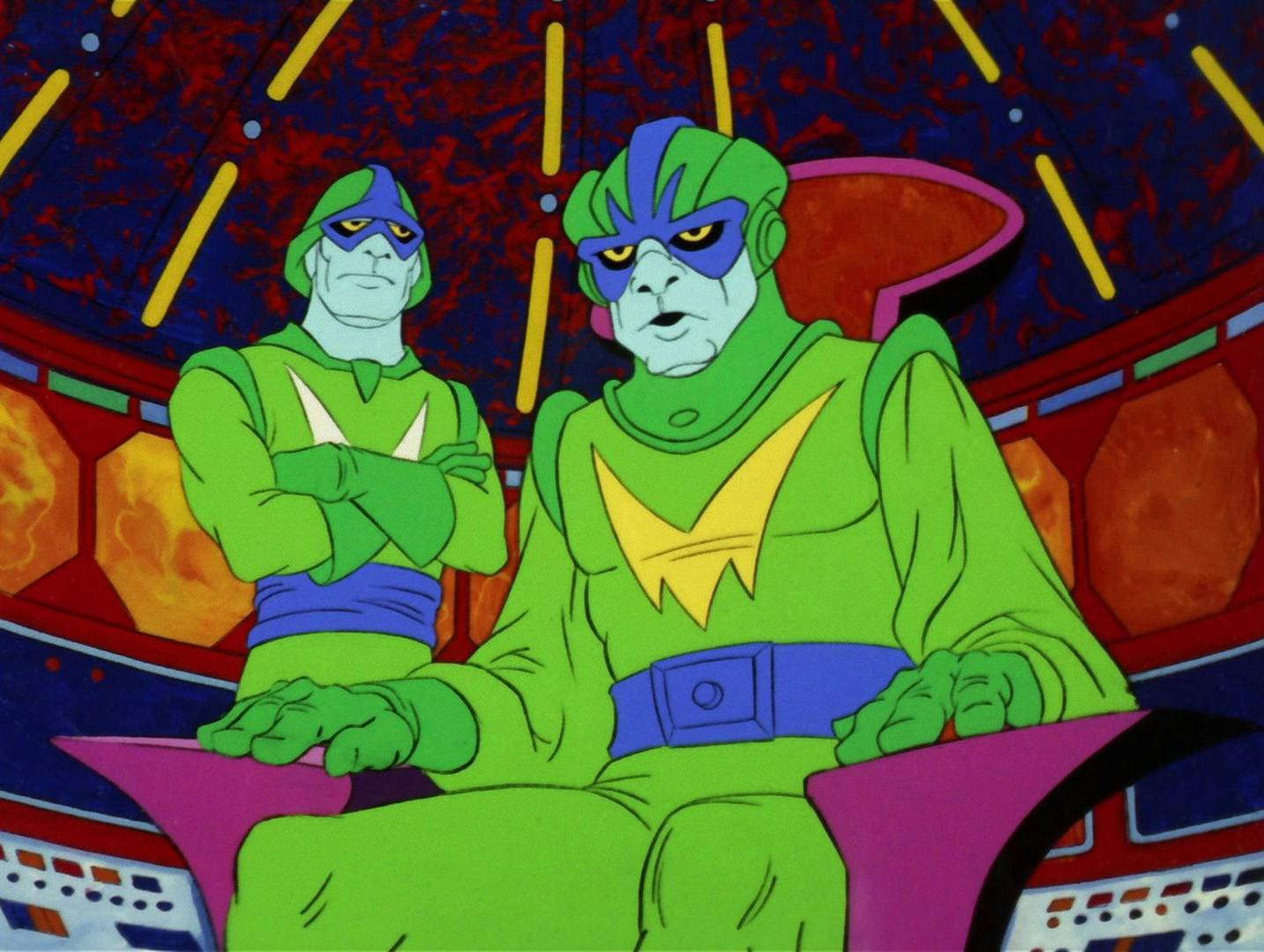
"The Pirates of Orion"
StarTrek.com
While the Orions were mentioned and depicted as an illusion in the guise of Vina in the first Original Series pilot "The Cage," the newer Trek series, specifically the episode "," has lifted the veil on .
Thanks to the character of D'Vana Tendi, the nuances of Orion culture have been fully explored throughout all four seasons of Lower Decks, a theme that impacted the Strange New Worlds crossover episode "." In all cases, the tension between the Orions as a more complex culture, and the idea that they’re simply a bunch of pirates, is made both clear and smartly uncomfortable. Because of the events of "," when the Orions return in "Those Old Scientists," Captain Pike has a hard time accepting they can be more than just pirates. Tendi fights the good fight to dispel these prejudices, but it’s a frustrating, and sometimes, hilarious, uphill battle.
But where do these pirating Orions come from? Visually, a lot of the aesthetics of the Orions in Lower Decks — including their flags and insignia — are derived from The Animated Series episode "The Pirates of Orion," written brilliantly by Howard Weinstein. At the time, Weinstein was only 19 years old, which makes him the youngest person to write a Star Trek episode, ever. Like the opening of Discovery Season 1, the episode depicts a fight on the surface of an asteroid, as well as establishing the iconic design of the Orion ships. In the finale episode of Lower Decks Season 4, "Old Friends, New Planets," a ship that was identical to its Animated Series counterpart meets the Cerritos, taking Tendi away to her new life.
This moment was the most recent Star Trek season finale to date, and aired in 2023, during the 50-year-anniversary of The Animated Series. Visually and tonally, the bonkers, hyperbolic, and big-hearted nature of The Animated Series continues to live on in all iterations of the Star Trek family, proving that this bold little series may have been overlooked by fans in the past, but that it will never beam away quietly into the night.
